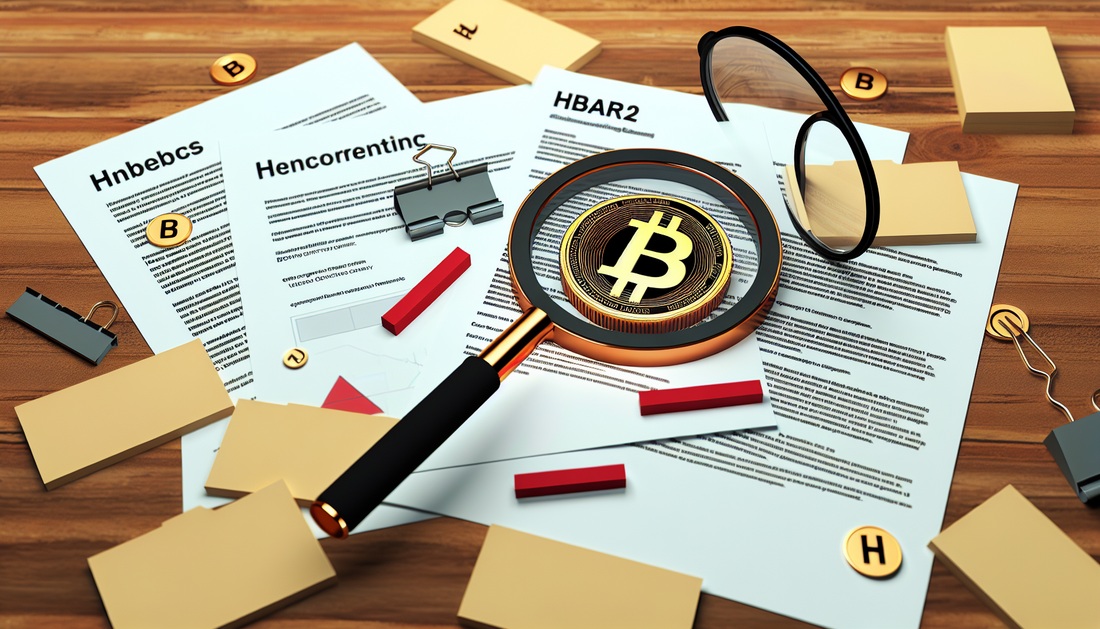
Unpacking HBAR2: Key Criticisms and Concerns
Share
Biggest Criticisms of HBAR2: A Neutral Analysis
As the cryptocurrency market continues to grow and diversify, projects like HBAR2 have garnered attention for their offerings. However, HBAR2 is not without its critics, and several concerns have been raised by stakeholders and observers within the blockchain and crypto communities. Below is a breakdown of the most common criticisms associated with HBAR2.
1. Centralization Concerns
One of the primary criticisms often levied against HBAR2 is its perceived centralization. Critics argue that the governance model, which appears to rely heavily on a limited number of council members or specific entities, undermines the core principle of decentralization that blockchain technology advocates for. While defenders of the project assert this structure is designed for efficiency and security, skeptics suggest it increases vulnerability to external influence or collusion.
2. Limited Transparency
Another recurring critique is the perceived lack of transparency surrounding specific aspects of HBAR2's operations — ranging from token distribution to the specifics of its technology stack. Critics point out that without comprehensive and easily accessible documentation about these elements, it becomes challenging for potential investors and developers to fully trust the project or evaluate its efficacy.
3. Competition Within the Market
HBAR2 competes in a crowded market of cryptocurrencies and blockchain platforms that often offer similar features. Some critics argue that HBAR2 does not introduce enough unique innovations to differentiate itself in a field dominated by well-established assets. They view the project as struggling to establish a value proposition that resonates strongly within a highly saturated industry.
4. Questions About Scalability and Use Cases
Though scalability is a common challenge across many blockchain projects, HBAR2 has faced criticism about how well its offerings can truly handle enterprise-level demands. Additionally, questions remain about the diversity and viability of potential use cases. Critics often emphasize that without expanding practical applications, the asset risks appearing less relevant in real-world contexts.
5. Reliance on Marketing Over Substance
Some observers have accused HBAR2 of focusing more resources on marketing endeavors rather than addressing technical or strategic shortcomings. This approach, they argue, creates the perception of hype but falls short in delivering tangible progress. For skeptics, too much emphasis on marketing detracts from credibility among broader crypto enthusiasts.
While every cryptocurrency has its strengths and drawbacks, examining HBAR2 critically highlights areas of concern that deserve attention in any comprehensive evaluation of the asset and its role within the blockchain ecosystem.
